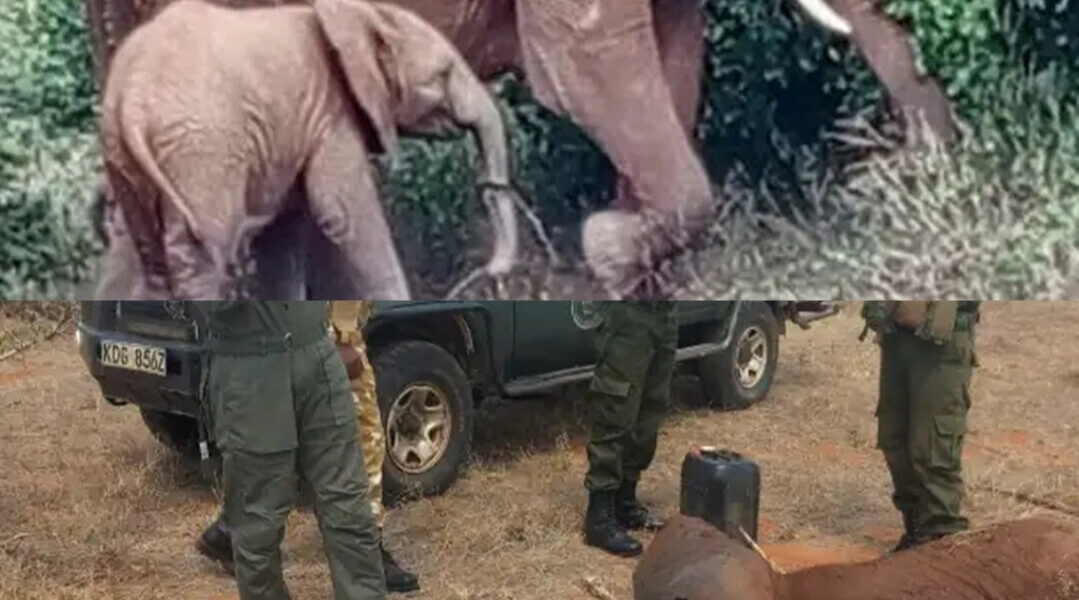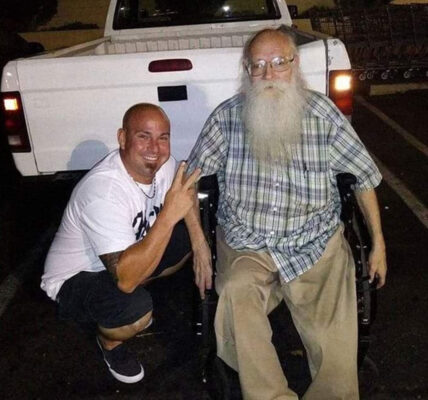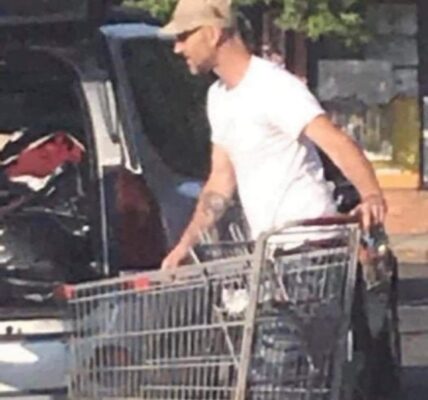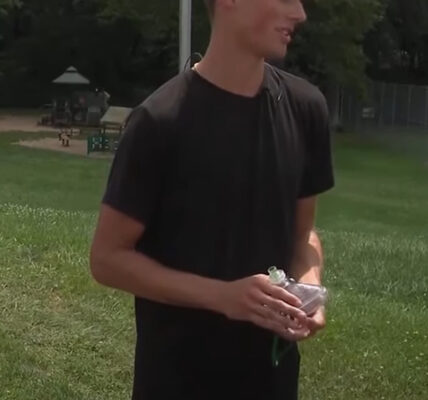The savanna stretched wide and golden under the Kenyan sun, a place where life moves in rhythm with the earth. Among the shifting herds of Tsavo East National Park, a young calf wandered close at her mother’s side. Barely a year old, she was still learning the world through her trunk — tugging at grass, splashing water, reaching for her mother’s tail. From a distance, she looked like any other baby elephant: playful, curious, safe within her mother’s towering shadow.

But someone watching more closely saw the truth.
Halfway along the calf’s trunk was a cruel constriction — a wire snare, thin but merciless, cutting into flesh every time she moved.
Poachers set such snares with brutal efficiency. They tighten as the animal struggles, designed to trap, maim, and eventually kill. For this calf, it meant slow suffering, and as she grew, the wire would have sliced deeper until infection or blood loss claimed her. Not even her fiercely protective mother could have freed her without making the injury worse.

The tourist who noticed the wound made the call that would save her life.
Within hours, Sheldrick Wildlife Trust (SWT) and their partners at Kenya Wildlife Service (KWS) dispatched a mobile veterinary unit. They knew time was critical. Each day the snare stayed on, the risk of permanent damage or death increased.
Finding the pair in Tsavo’s vast wilderness was a mission in itself. Relief flooded the team when they finally spotted the little calf moving cautiously beside her mother. But another problem loomed: how to help a baby elephant without enraging a protective mother who would defend her calf against any perceived threat.
The answer was sedation. Both mother and daughter were safely darted, drifting into temporary sleep as rangers stood watch. For a moment, the wild fell silent. Then the team rushed forward.

They worked quickly, cutting away the wire that had begun to bite into tender skin. What they found was sobering — the wound was deeper than expected, but not yet catastrophic. With antiseptics, careful cleaning, and treatment, the danger of infection was reduced. In time, the calf’s flesh would heal, and with it, her chance at a normal life.
When the antidote was administered, the little elephant stirred, blinking against the bright sun. Disoriented, she wobbled for a moment, her world strange and unfamiliar. But then she heard her mother’s low rumble. Instinct pulled her forward. She pressed against her mother’s side, calm once more.
Together, they walked back into the bush, the calf trailing close, her small steps echoing the great rhythm of her family’s journey.

Later, SWT shared the moment with the world in simple, powerful words:
“A little life saved. An elephant family kept whole.”
And somewhere in Tsavo, a calf once bound by cruelty now moves freely again, her trunk a symbol not of pain, but of survival.




